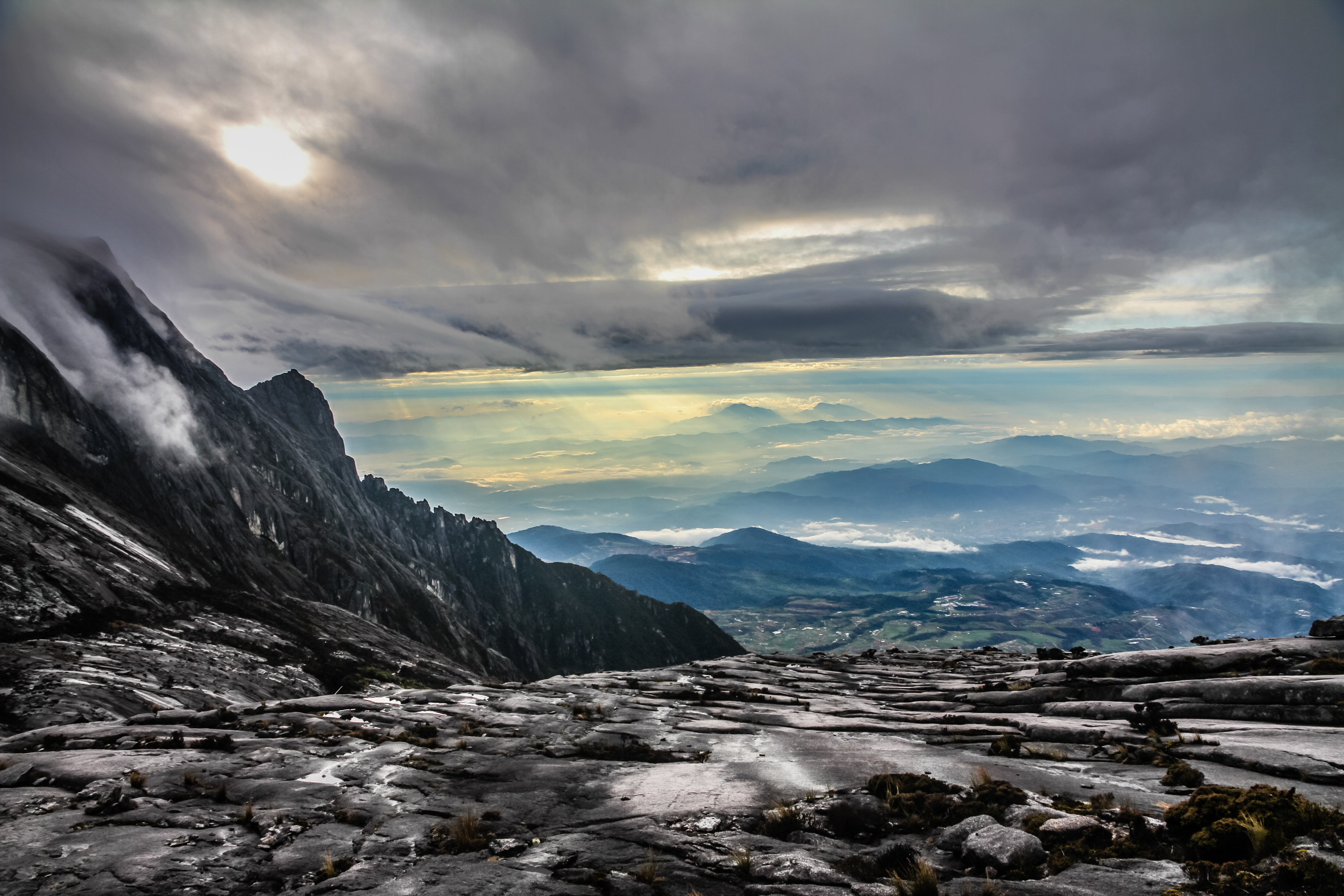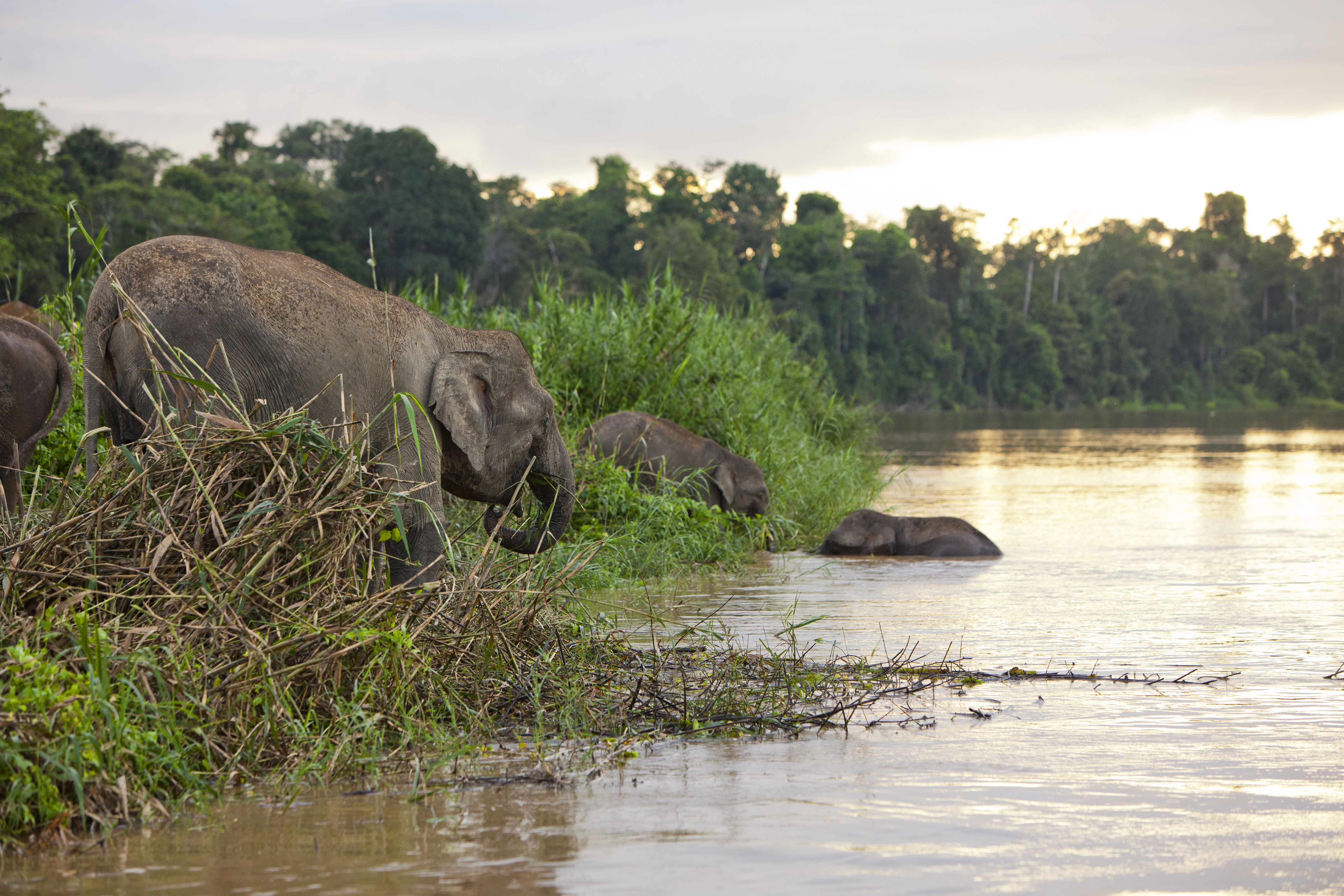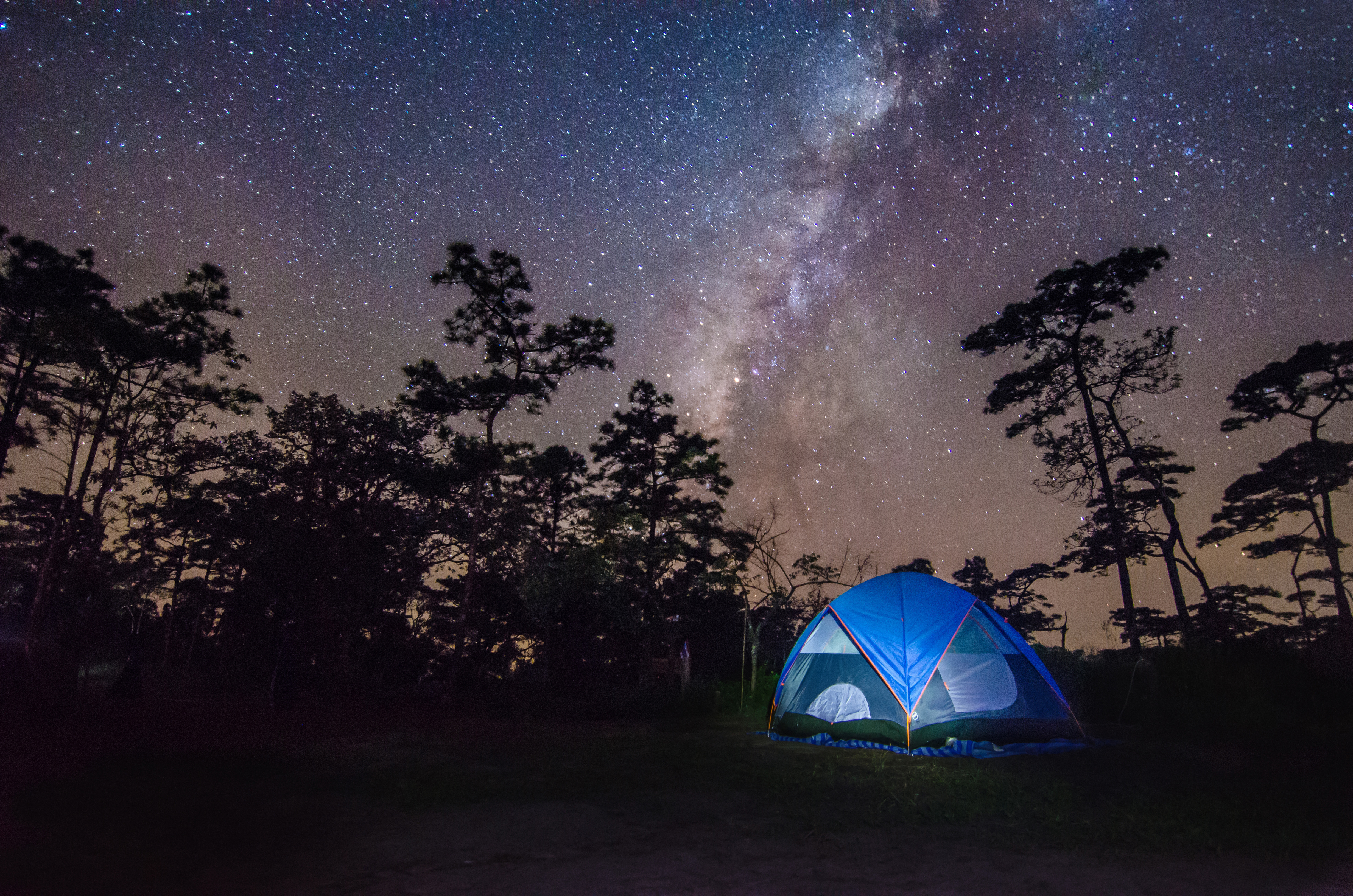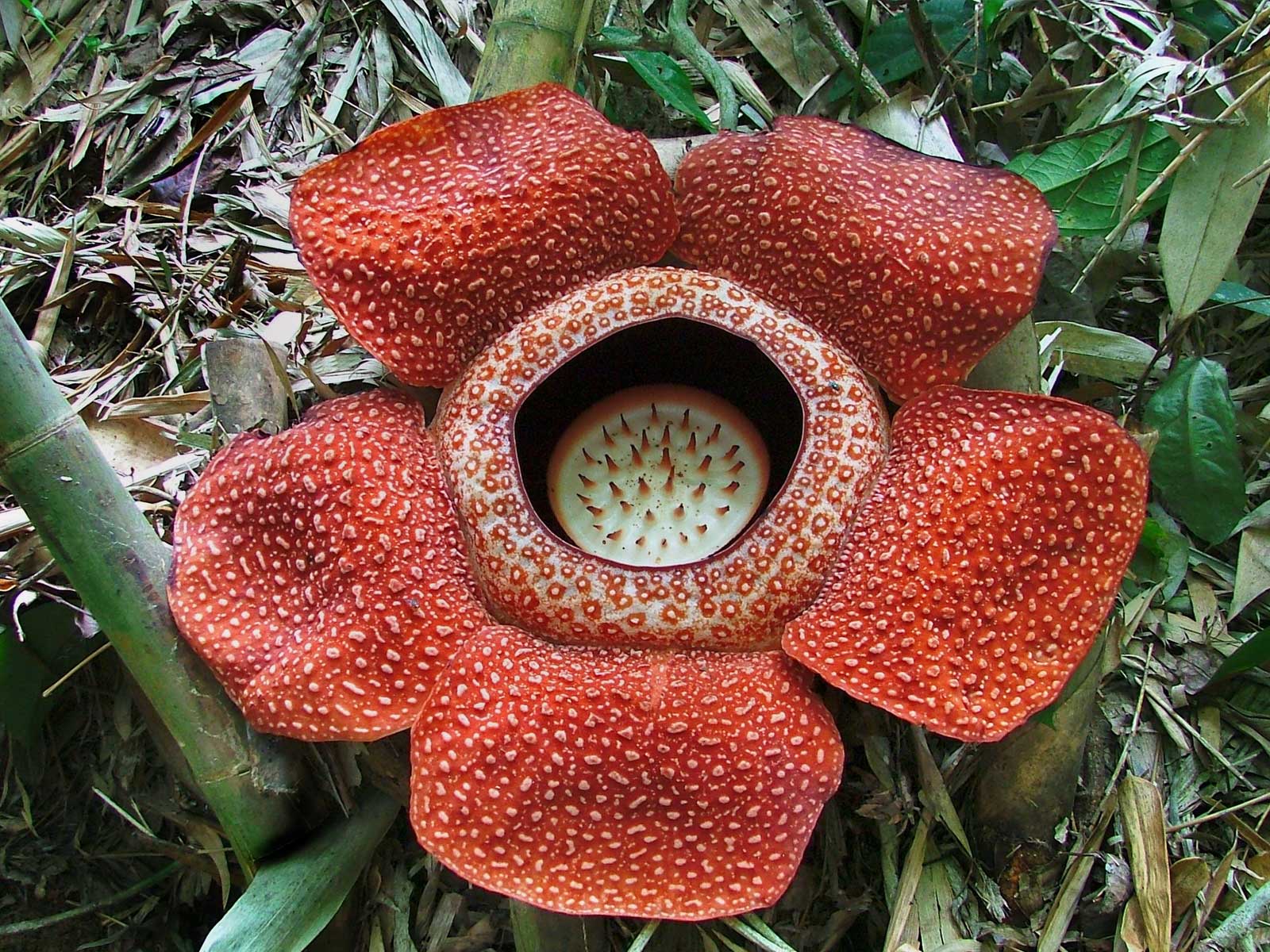1. Climb Mount Kinabalu
Being the highest summit in Borneo island, standing at 4,095 meters (13,435 feet) Mount Kinabalu is relatively young and still growing at 5 mm a year. The natives of Sabah believes that the mountain is the sacred resting ground of the spirits of their ancestors.
Most of climbers tackle the mountain on a two-day hike, beginning in the morning, check into a rest-house by late afternoon at the elevation of 3,270m (10,730 feet) and finally getting up in the early hours for the final hike to reach the summit plateau for an unforgettable sunrise.
Climbing Mount Kinabalu does not require special technical skills, however you would need to be relatively fit as the first day of the hike are mostly steps to the rest-house. The remaining 2 km hike up to the summit is more challenging, as the hike includes vertical steps and on bare granite rock, yet the results is rewarding with breathtaking view just being above the clouds.
Get more details here: Climb Mount Kinabalu

Epic view from Mt.Kinabalu, dark rock and clouds-Sabah,Borneo,Malaysia
2. Up-close with the Orangutan
When visiting Sabah, one particular stop is a definite. The Sepilok Orangutan Rehabilitation Centre in Sandakan, its objective is to return orphaned or injured orangutans back to the wild. Sepilok Orangutan Rehabilitation Centre (SORC) has successfully released many orphans orangutan back to the Kabili-Sepilok Forest, a virgin jungle that measures up to 4,294 hectare of tropical forest and mangrove swamp. SORC is open daily with two sessions to the platforms where the orphaned or displaced orangutan would come to feed. These orangutans, that comes to the platforms are those that are ready to move to the open forest, with freedom increased and food dependence being decreased, in hope that they would become integrated with the wild. Sandakan is the gateway to wildlife experience, we would recommend visitor to include a visit to the Kinabatangan flood plain an opportunity for good wildlife spotting. There are always the busied Proboscis monkeys by the riverbank, diverse species of kingfishers and if you are lucky there’s the awe-inspiring pygmy elephants maundering over the Kinabatangan. Learn more about our wildlife tours and our helpful team will assist you further.

3. Camp under the stars
With the artificial city light and pollution dwindle the dark skies and reduce the chances to experience the magnificent stars at night. In Sabah there are still stunning night skies to experience while camping out, being with nature, breathing the fresh cool night air and watching the stunning skyline.
There are many potential hike trails in Sabah, from an easy hike to an extreme adventure of one’s desire. Potentially visitors could also opt for kayaking to any of the nearby islands for a camp out and enjoy the beautiful milky way. Name dropping on some of these places are Lituk trail, Diba Titiu, Pampang waterfall all of which are located on the Crocker Range offers awesome outdoors venture and exhilarating camping under the stars experiences.

4. Experience Sunrise & Sunset in Borneo
If you are a sucker for sunrise or sunset, then Sabah is the destination to be in your list. There are many promising sites for sunset and sunrise viewing, adventure seekers could opt for sunset kayaking while the beautiful colours of the sunsets leave you breathless, travel to the tip of Borneo to watch the sun sets over the horizons giving way to the night or hike up the mountain range of Sabah to experience pristine cool night stay on mountain cabins environment and watching the golden sun rise above the pinnacles of majestic mountains!
5. In search of the Rafflesia
Get a chance to view one of the largest flowers in the world, the magnificent Rafflesia. Sabah is home to three species of Rafflesia, which are the Keithii, Pricei and Adlinii. Searching for the Rafflesia sometimes may not be a hard day’s work at all, as these parasitic plants can commonly be found in lowland dipterocarp forest, mixed temperate oaks to highland forest, with its strong smell you will know that you are near to one in bloom.
Visitors can find Rafflesia at Poring Hot Spring in Ranau, Tambunan Rafflesia Centre, Sub-station Kota Belud are among the commonly seen Rafflesia blooming areas. The flower took 16 months from what like a cabbage ‘bud’ to a flower, and only lasted for about 8 to 10 days before it starts to decay.

